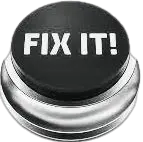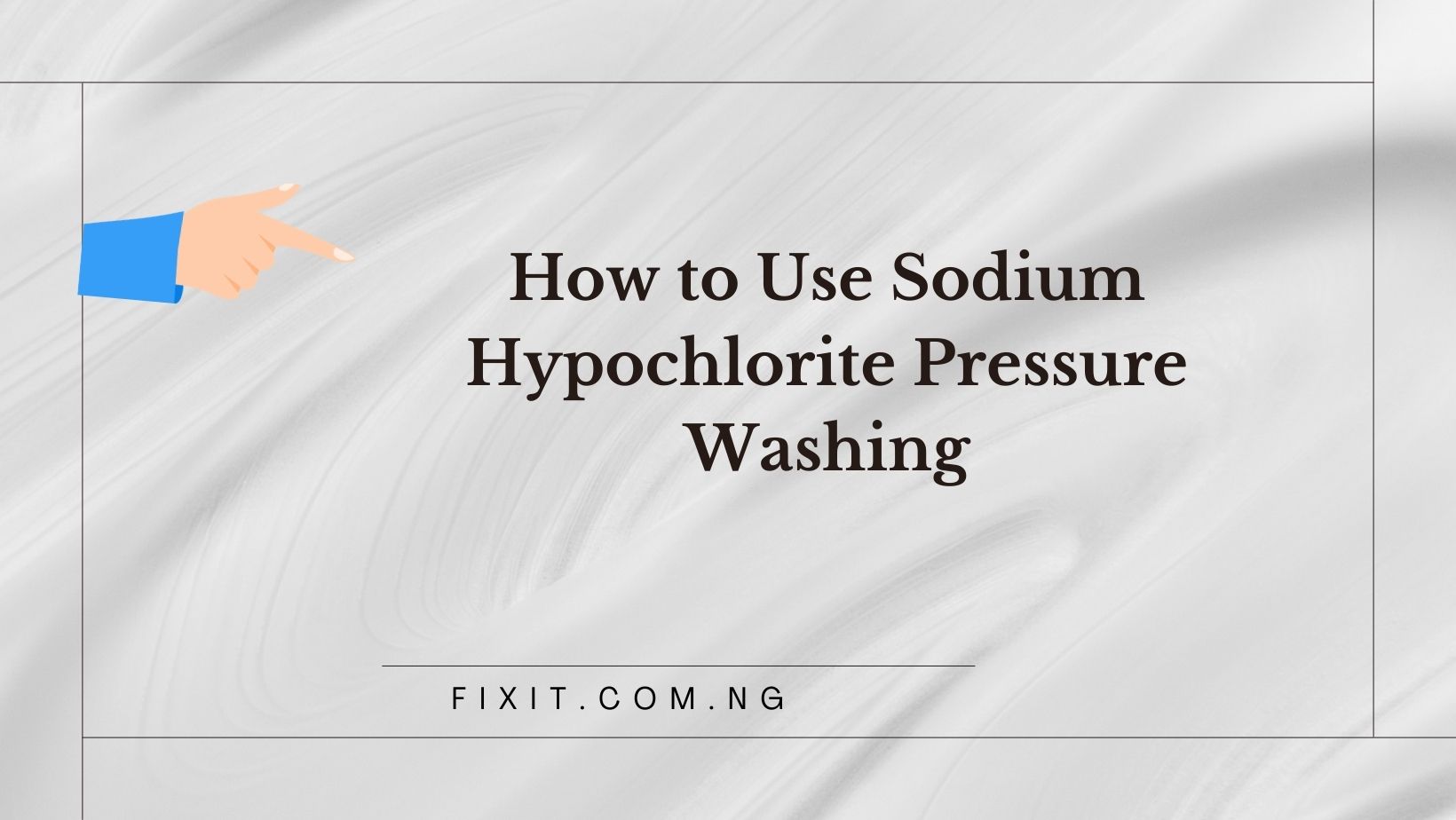Professional pressure washers often employ bleach solutions as part of their cleaning techniques to eliminate organic growth on surfaces like mildew and mold growth, however this technique comes with its own set of complications.
Bleach can corrode metal parts of your pressure washer and cause costly repairs.
Use the Right Mixture
Sodium hypochlorite pressure washing is a dangerous chemical, and should only be handled by those who possess adequate knowledge and equipment. Misuse could result in chemical burns as well as irritation to skin, eyes and respiratory system as well as damage surfaces and plants.
Knowledge of the correct mix ratios when using SH in your pressure washer is vital in achieving maximum cleaning results while protecting surfaces and vegetation from potential damage.
When it comes to cleaning surfaces effectively with SH, the amount of detergent needed depends on the job at hand. A typical housewash typically calls for 1 to 3% solution of soap and water; for porous materials like brick and stone it may require higher strength soap.
SH is one of the best methods available to quickly remove tough stains and colors from surfaces, including dirt, mildew and mold growth. By breaking down molecules into their component parts and making it easier to wash away. This makes SH so successful at eliminating stubborn stains from surfaces.
Before selecting the ideal SH dilution ratio for your surface area, it’s vital that you take a careful assessment of its size and volume. In addition, be sure to carefully read through manufacturer’s guidelines and expiration dates on any SH products you purchase; where possible look for sustainable brands with eco-friendly disposal regulations.
Keep the Pressure Low
People often make the mistake of leaving SH under too much pressure for too long, leading them down the path toward damaging surfaces or forcefully forcing it into materials such as brick and stone that don’t want it there (such as for brick laying). This can have detrimental results such as surface damage as well as forcing it into places it shouldn’t go such as brickwork and some stones.
Solution: to combat this, short bursts of high-pressure should be used while moving in a circular pattern around the surface being cleaned in order to prevent damage and allow more efficiently absorbance of cleaning solution.
Keep the water temperature as low as possible to maximize effectiveness of sodium hypochlorite solutions, and pay special attention to manufacturing and expiry dates; like other chemicals, sodium hypochlorite will degrade with time; keeping it in a cool, dry location before mixing can extend its shelf life significantly.
Sodium hypochlorite can be an effective tool for cleaning various types of surfaces and debris, yet if you prefer eco-friendly options there are numerous other choices available to you. Always test a small area first when using any chemical to clean surfaces before applying more widely – also remember to rinse off surfaces thoroughly afterward so no harmful traces remain behind!
Wear Protective Gear
Sodium Hypochlorite (SH, bleach) is an integral component of many professional pressure washers’ arsenals. But it must be recognized that SH does pose some risks and must be used correctly for maximum effectiveness in terms of cleaning results.
Bleach works by reacting with dirt, mildew and other materials to break them down into smaller molecules that can then be more easily washed away by water. But bleach can also cause chemical burns if misused; to safeguard yourself against this risk it is wise to always wear protective clothing such as goggles, respirator mask and impervious gloves when working with chemical solutions such as bleach.
Always mix SH and water in a well-ventilated area, and never add more SH than is already mixed, as doing so may cause sputtering and chemical burns. Furthermore, mixing SH with any incompatible chemicals could result in high hazard by-products or toxic gases; bleach isn’t stable at low concentrations, so prepare it fresh each time it’s needed and store it cool out of sunlight or near solvents which might depreciate its strength; always test solutions in a small inconspicuous area before beginning work – always read and follow manufacturer’s instructions to achieve maximum performance results!
Rinse Well
Before and after cleaning with chlorine solutions, it’s essential that any residual chlorine be rinsed off to protect surfaces from potential damage caused by chlorine solutions, and to leave no traces of bleach behind on surfaces. Rinsing using clean water rather than high pressure from power washers is often preferred for this step.
When applying bleach solution, it’s essential that you keep pressure low – otherwise, its force could cause it to splash onto surfaces and leave streaks behind. Also, spread the solution out evenly over your surfaces so as not to miss any spots and make it easier to rinse it away afterward.
Though sodium hypochlorite pressure washing fluid is an indispensable tool among professional cleaners, it should never be misused due to its dangers. By following proper dilution guidelines and wearing protective gear when handling it yourself, sodium hypochlorite pressure washing fluid can safely clean surfaces in both homes and businesses alike – giving you peace of mind that everything will stay spotless and safe!

